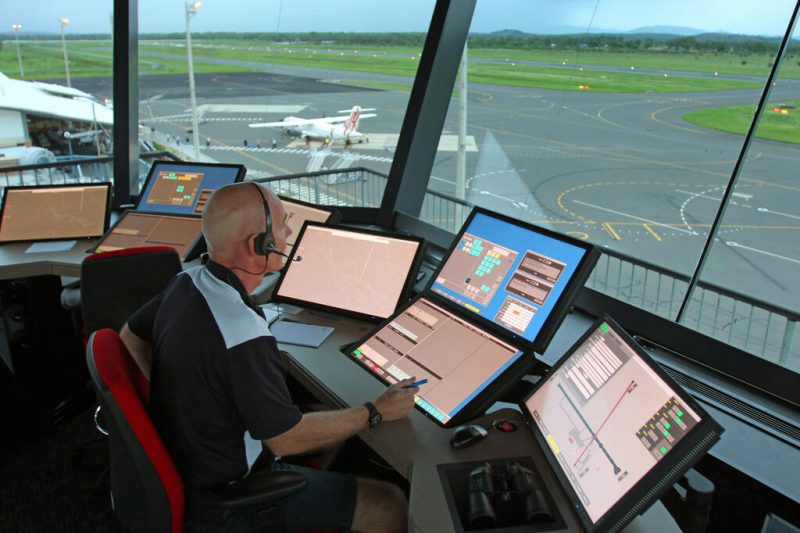SESAR to review European air traffic management
The European Commission (EC) has mandated SESAR Deployment Manager (SESAR DM), and SESAR Joint Undertaking (SESAR JU) respectively, to review progress in modernising European air traffic management, and to prepare for the next wave of technology implementation.
The Commission recently decided to review the status of the Pilot Common Project (PCP), the EC regulation governing the synchronised deployment of a first set of SESAR Solutions, in full accordance with the SESAR Deployment Programme.
The Commission also recently mandated the SESAR JU to propose content for inclusion in a second Common Project (CP2), from among the 60 plus solutions it has delivered to date.
The two organisations will work closely on their respective mandates to ensure a logical and consistent evolution in the synchronised deployment of SESAR Solutions. Both pieces of work are expected to be delivered to the Commission by the fourth quarter of 2017.
Synchronised SESAR deployment kicked off in 2014, with the publication of the PCP regulation and the establishment of the SESAR DM. Since then, a detail deployment programme has been underway, with 224 implementation projects across the EU.
“The SESAR Deployment Manager will fulfil these tasks with a high level of competence and commitment, ensuring not only the full implementation of the revised PCP, but also paving the way for the second Common Project in order to facilitate further essential operational ATM improvements,” said Massimo Garbini, Managing Director, SESAR Deployment Manager.
“Working together with the SESAR Joint Undertaking has been an evidence since the very start of the Deployment Manager and will once again be beneficial for all stakeholders involved in Common Projects.
“All our stakeholders will be fully consulted on the PCP review to guarantee the industry-based approach.”
In its review, the SESAR DM will propose minimum changes to facilitate swift implementation and potentially earlier and increased performance benefits, all the while maintaining buy-in through a wide consultation with stakeholders.


